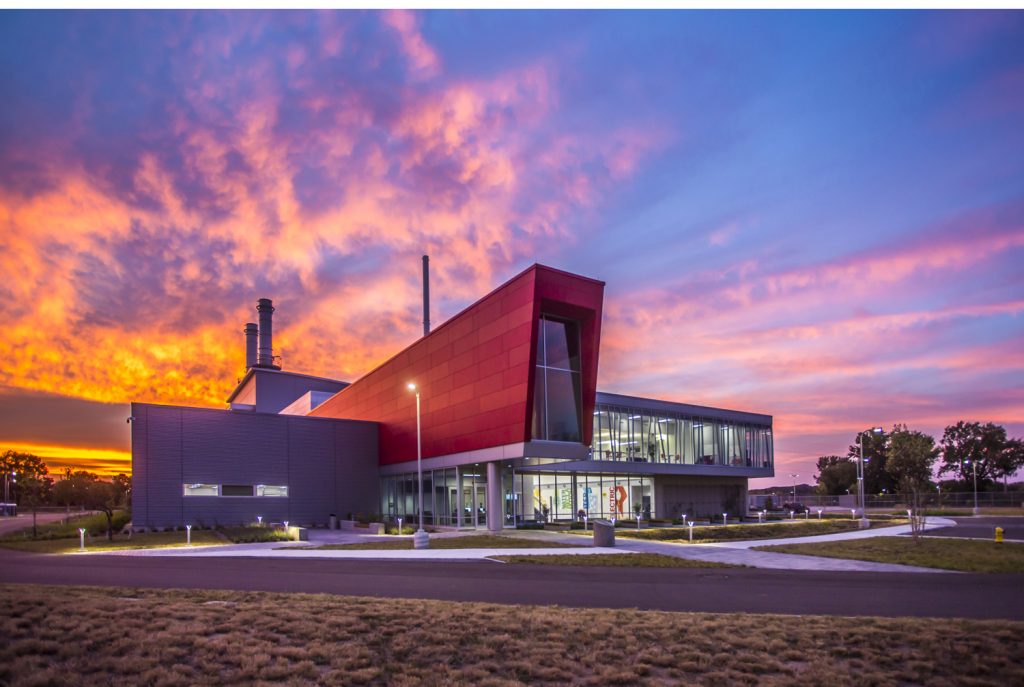By Anne Saliers, Holland Board of Public Works
Many schools, churches, and community groups encourage people to use this time of year to look more closely at their consumption of energy and carbon. The term “carbon fast” has become popular as a way to highlight practices that conserve energy resources. Using less energy means your lifestyle emits less carbon into the atmosphere, hence, you are practicing a fast.
There are two key ways to carbon fast to reduce your carbon footprint – use equipment that is more energy efficient and change your energy consumption behaviors.
Examples of using more energy efficient equipment include changing your light bulbs to LED (light emitting diode) bulbs, buying Energy Star appliances, and driving an electric vehicle.
Examples of changing your behaviors to consume less energy include turning off the lights when you leave a room, playing outside instead of on your electronic game system, and learning to live with just one refrigerator.
Becoming a world-class energy efficient city is the goal of Holland’s long-range Community Energy Plan. Think of it as a carbon fast for the whole city.
In 2010, Holland’s carbon footprint was 24 metric tons per person. Before the Community Energy Plan was developed, we were on a path to reach 37 metric tons per person by 2050. Now, with the plan in place, if we implement it fully, we can absorb population and industry growth and still reduce our carbon footprint to 10 metric tons per person.
All users of energy from the Holland Board of Public Works benefited immensely from the building of the Holland Energy Park, with its combined-cycle natural gas technology instead of coal, plus BPW’s increased use of renewable energy. Also, much progress toward the goal has been made through your participation in Holland BPW’s and SEMCO’s energy waste reduction programs, and the completion of home energy retrofits.
Ten years into the 40-year plan, how are we doing? A recent calculation, based on calendar year 2018, shows Holland’s carbon footprint is 19 metric tons per person. To go from 24 metric tons to 19 is a big stride in eight years, and everyone should feel proud of how they have contributed. 2018 Calculation.
Residential buildings were 16.4 percent of the City of Holland’s emissions in 2018. Industry was 43.4 percent, commercial businesses were 27.5 percent, and transportation represented 11.7 percent. 2010, 2015, 2018 Numbers.
The residential sector made the biggest stride with a 31 percent decrease in electric carbon emissions since 2010.
Some feel the community is not making progress fast enough, that science shows we don’t have until 2050, and that we need to reach for a goal of less than 10 metric tons per person. In other words, that we should carbon fast faster.
A faster carbon fast will happen if every person and every business make the next reductions happen.
It’s the accumulation of small, incremental steps taken sooner, rather than later, that will get us there faster.
So, think about what you, your family, your business can do to reduce your carbon footprint. Invest in energy efficiency and make wise energy choices. And if you want carbon-free electricity from your utility company, for a small premium per kilowatt hour, elect to have all of your electricity come from renewable energy. To learn more, visit hollandbpw.com.
Anne Saliers is community energy services manager at Holland Board of Public Works and a City of Holland resident.
This Week’s Sustainability Framework Theme
Smart Energy: We need to use both conservation and efficiency measures to manage our resources to provide access to reliable and cost-effective energy.
ABOUT THIS SERIES
Living Sustainably is a collection of community voices sharing updates about local sustainability initiatives. It is presented by the Holland-Hope College Sustainability Institute, a joint project of Hope College, the City of Holland and Holland Board of Public Works. Go to www.hope.edu/sustainability-institute for more information.


